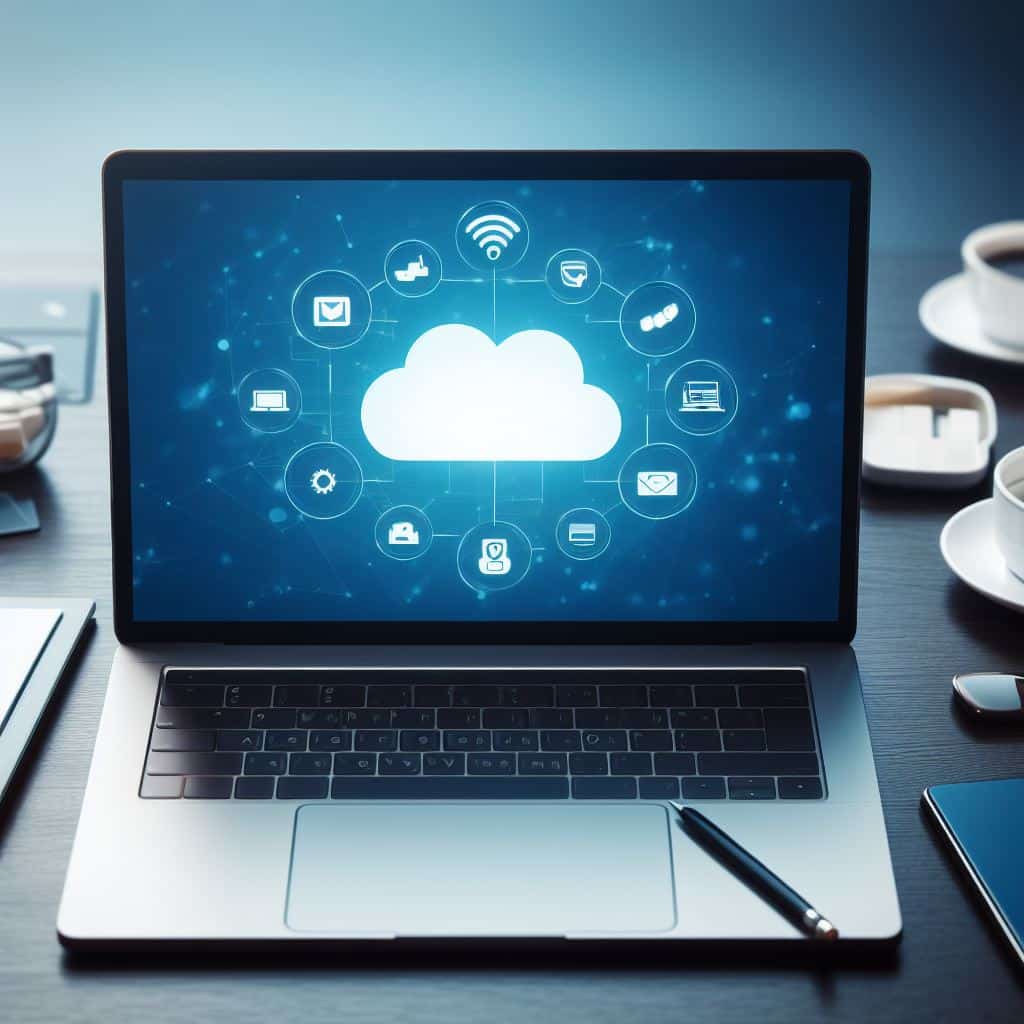Software as a Service (SaaS) has become an increasingly popular software delivery model in recent years. Businesses of all sizes and across all industries have been adopting SaaS solutions rapidly. But what exactly is Software as a Service, and how does it differ from traditional software models? This comprehensive guide will explain what SaaS is, its key characteristics and benefits, examples of popular SaaS apps, and factors to consider when determining if a SaaS solution is right for your business.
Table of Contents
What is Software as a Service?
Software as a Service, commonly called SaaS, is a software licensing and delivery model where software is licensed on a subscription basis and centrally hosted. Rather than installing software locally on each computer or server, SaaS applications are accessed via the internet, usually through a web browser. This allows users to log in and use the software from any internet-enabled device.
Some key defining characteristics include:
- Software is licensed through a monthly or annual subscription rather than purchased with a perpetual license.
- The software is centrally hosted on the vendor’s servers rather than installed on-premises.
- Automatic and regular software updates are provided by the vendor.
- Access the software from any computer, device, or location via a web browser.
- Data is stored in the cloud rather than on local servers.
- Scales up or down easily based on usage and subscriptions.
In many ways, it represents a complete shift away from traditional on-premise software organizations purchased, installed, and managed themselves on their servers. It provides a much more agile and flexible software management and delivery approach.
Key Characteristics
There are a number of key characteristics that define the Software as a Service model:
- Hosted in the cloud – SaaS applications are hosted remotely in the cloud rather than installed locally on a company’s servers. This removes the need for on-premises hardware and IT staff to manage software.
- Accessible via web browser – SaaS apps are accessed simply via a web browser on any device, including desktops, laptops, tablets, and smartphones. All that is needed is an internet connection.
- Automatic updates – Software vendors handle all updates and patches behind the scenes in a SaaS model. Users simply access the latest version without any effort.
- Subscription pricing – Rather than paying a large upfront license fee, SaaS users pay a recurring monthly or yearly subscription. This avoids large capital expenses.
- Scalability – SaaS makes scaling simple for businesses. Users can pay for more or fewer subscriptions based on needs.
Pros
There are many potential benefits enterprises can realize from switching to Software as a Service:
- Cost-effective – SaaS eliminates the large upfront costs of software purchases with flexible pay-as-you-go subscriptions.
- Automatic updates – Software updates and maintenance are handled by the SaaS provider, removing a burden from internal IT staff.
- Accessibility – SaaS enables employees to access software with an internet connection from any device and location. Work remotely.
- Scalability – It’s easy to scale SaaS usage up or down as business needs change. Add or reduce subscriptions as necessary.
- No in-house IT needed – In-house IT staff is no longer required to install, maintain, and update software.
Cons
There are also some potential downsides to weigh with Software as a Service:
- Reliant on internet connection – SaaS applications require a consistent and reliable Internet connection to function properly. Offline access is limited.
- Data security risks – With data in the cloud, businesses cede some control. Vendors must provide adequate security.
- Vendor lock-in – Once a SaaS vendor is in place, switching costs can be prohibitively high due to embedded workflows.
- Less customization – On-premise software can be highly customized, while SaaS offers more limited configuration options.
Examples of Popular Applications
Some of the most widely used enterprise SaaS applications include:
- Salesforce – The most popular CRM platform helps businesses manage sales, marketing, and customer service.
- Office 365 – Microsoft’s suite of productivity apps like Word, Excel, and Outlook delivered through the cloud.
- Slack – Messaging and collaboration app that has become the work hub for many teams.
- Dropbox – File hosting, sharing, and cloud storage service for businesses.
- Zoom – Leading video conferencing tool with easy remote meeting capabilities.
- Box – Cloud content management and file-sharing service focused on collaboration.

Should You Switch to Software as a Service?
When considering whether an enterprise should transition from traditional on-premise software to a SaaS model, some important factors to weigh include:
- Costs – Compare current software costs to potential SaaS subscription costs and make projections.
- Mobility needs – If remote or mobile access to software is critical, SaaS provides this.
- IT resources – SaaS removes software responsibilities from in-house IT teams.
- Scalability – Determine expected growth and if easy scalability of SaaS is a priority.
- Security – Evaluate if the vendor provides adequate data security and protection.
When to Use Software as a Service (SaaS) Products and When to Build Custom Apps?
Conclusion
Software as a Service has fundamentally changed the software industry over the past decade. The on-demand delivery model gives businesses more agility, flexibility, and manageable costs than traditional on-premise software. As the technology matures and more mission-critical applications become available through SaaS, adoption rates will likely continue to accelerate across enterprises. Keep updated with the latest news on the cybersecurity world in the T3 Blog.

